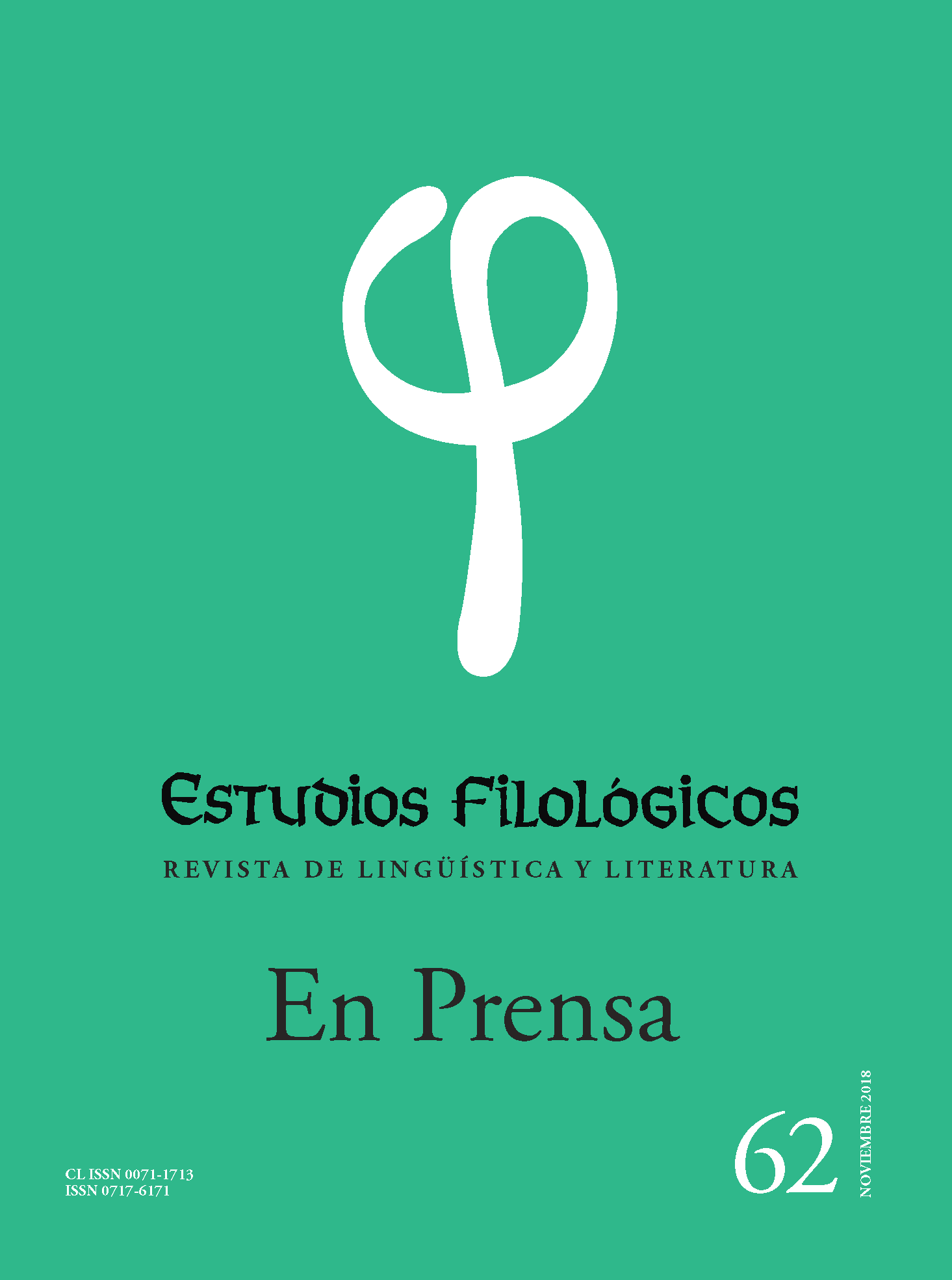A Pile of Debris: Doomsday Scenarios in Teixeira Coelho Neto’s Anti Monumental Narrative
Main Article Content
Abstract
This article analyzes Brazilian writer and art critique Teixeira Coelho Neto’s novel sequence –Niemeyer, um romance (1994); Historia Natural da ditadura (2006), O homem que vive, uma jornada sentimental (2010) and Colosso (2015)–, regrouped under the name of “The Angel of History” (Walter Benjamin), in which an apocalyptic vision of the end of the world intertwines with a meditation about life, politics, art and literature. It argues that the novel’s catastrophic imaginary is presented as structurally linked to a developmental and industrial modernization project (represented in its apex in the construction of Brasilia), in which art and literature are thought through an epistemology based in rationality, monumentality, evolutionism and aesthetic autonomy. Against this, Coelho Neto’s project builds a material writing, assembled with the debris of life: a minor aesthetics of the anonymous, the remaining and waste. Contemporary literature, therefore, gains a philosophical status because it becomes a platform in which concepts are generated and through which it is possible to build a critical theory from a different standpoint than the one offered by modern (monumental) reason.

